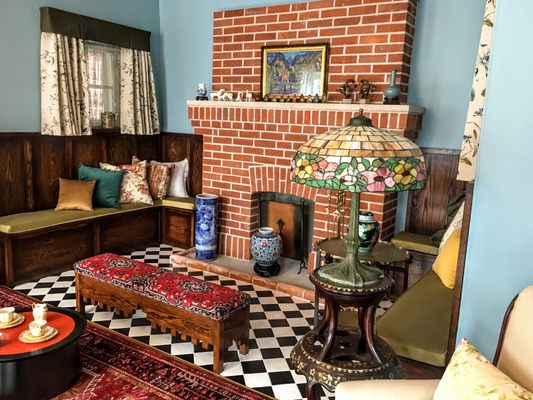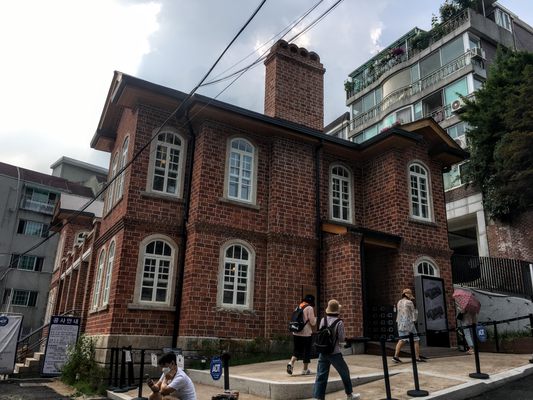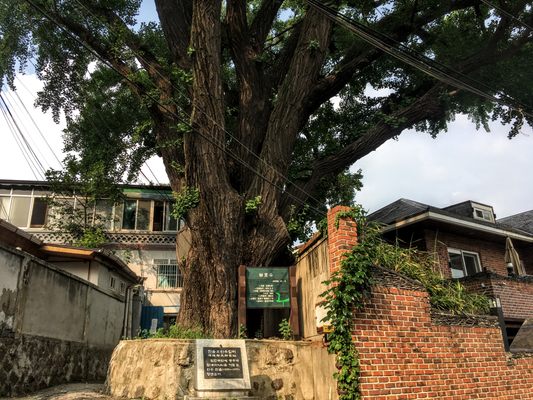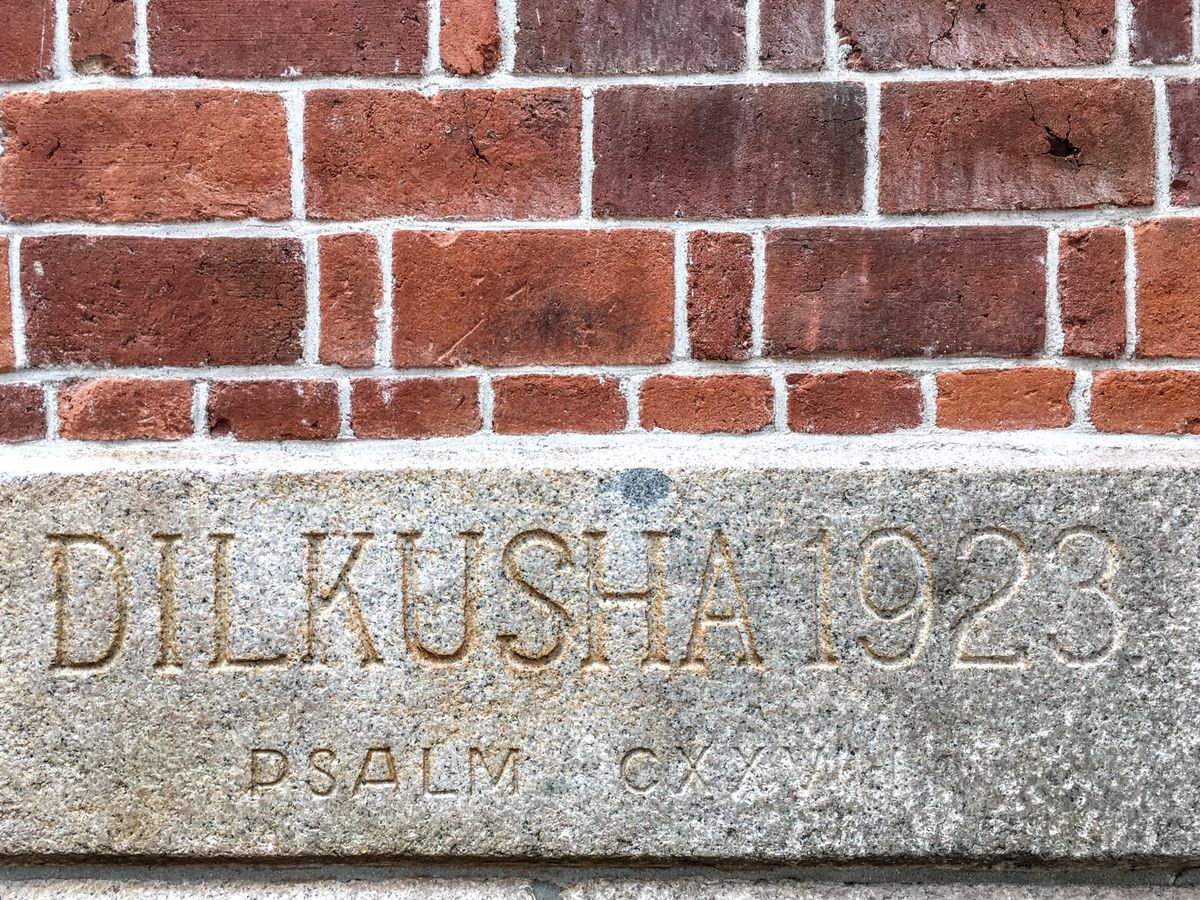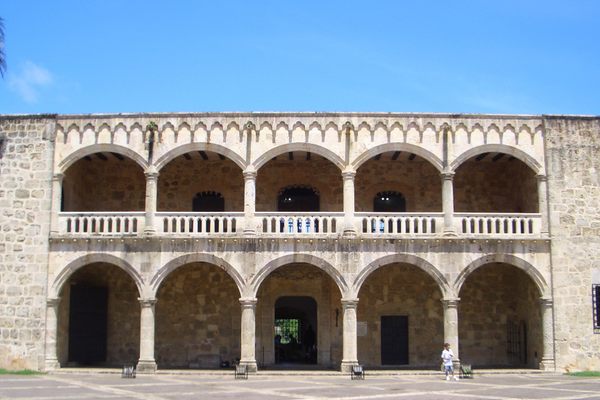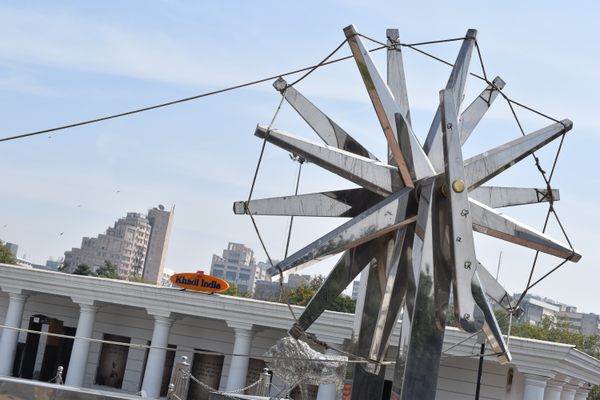About
Nearly a century past its construction, a derelict colonial-style house in Seoul’s Jongno district has been restored. Its former residents—Albert W. Taylor, a Nevada-born businessman who worked in Korea’s mining industry, and his wife Mary L. Taylor, a British actor—witnessed and recorded critical moments in Korean history.
In 1919, when Korea was under Japanese occupation, Albert was tapped to cover an abdicated Korean emperor’s funeral as a foreign correspondent. In the same year, Mary gave birth to their son at Seoul’s Severance Hospital. It was a moment of joy for the Taylors, but for the greenhorn newspaperman Albert, a thrilling discovery came into sight: a copy of the Korean Declaration of Independence, tucked under the sheets of his wife’s bed. It had been furtively printed in the hospital’s basement to prepare for one of the most significant events of Korea’s independence movement, and a nurse had hidden a copy. Albert was fluent in Korean by then and recognized the document. He filed a report via his brother, who stuffed the documents in the heel of his shoe, whisked it to Tokyo to avoid police surveillance, and cabled the American press. Later on, Albert further contributed to the Korean cause by reporting on a massacre by the Imperial Japanese Army and trials of Korean independence activists.
But how the Taylors acquired Dilkusha House is another story less touched by serendipity. One day, Mary saw a large, centuries-old ginkgo tree and instantly became enamored with it. When the Taylors bought the parcel of land abutting it to build a house, they were met with protesting locals and a shaman's malediction. But the couple was undeterred, and a two-story red-brick house was completed in 1924. They named their new abode Dilkusha—meaning “Palace of Heart’s Delight” in Hindi—after the Dilkusha Kothi Palace in India.
In 1926, a lightning strike seared Dilkusha, destroying its roof and attic. The house was repaired in 1930, and Albert etched a verse from the book of Psalms on a foundation stone, which is still visible today. The couple eventually bid a permanent farewell to Dilkusha when the Japanese government expelled them from Korea in 1942. After their departure, Dilkusha was sold off and briefly inhabited by a Korean politician, before his property was seized by the state in 1963.
For decades, Dilkusha sat in state possession, abandoned but not entirely vacant. Squatters slinked in and settled over the years, sometimes more than a dozen households at a time. They were unaware of the house’s former owners, as were the rest of the community, until Bruce Taylor, Albert’s son, returned to Korea in 2005 and identified the house with the help of a Korean professor after a two-month search. It wasn't until 2020 that the house was restored.
At Dilkusha House, visitors can find news clippings, the Taylors’ portraits, and personal belongings, and rooms recreated from photographs.
Related Tags
Community Contributors
Added By
Published
July 26, 2021
Sources
- https://www.nytimes.com/2016/04/01/world/asia/south-korea-japan-seoul-dilkusha.html
- https://koreajoongangdaily.joins.com/2021/02/28/national/socialAffairs/dilkusha-albert-taylor-March-1-Independence/20210228170100435.html
- https://www.korea.net/NewsFocus/Column/view?articleId=118534
- https://www.upi.com/Top_News/World-News/2021/02/26/skorea-Albert-Wilder-Taylor-UPI-Korea-Dilkusha-house/5611614340939/
